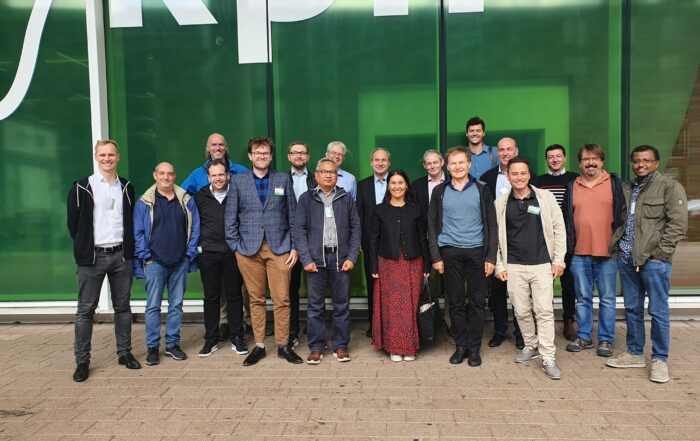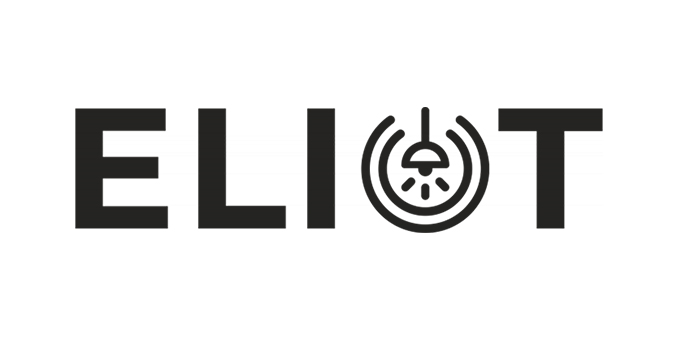V. Jungnickel, M. Riege, X. Wu, R. Singh, D. C. O’Brien, S. Collins, F. Faulkner, M. M. Vazquez, M.C. Bech, F. Geilhardt, R.-P. Braun, M. Hinrichs, X. Deng, E. Tangdiongga, A.M.J. Koonen, K. L. Bober, C. Kottke, A.A. Corici, M. Emmelmann, J. Rufo, P.-B. Bok, D. Behnke, “Enhance Lighting for the Internet of Things”, Global LiFi Congress 2019
Abstract: Today’s Internet of Things (IoT), covering any communication between devices, is narrowband and not always provides reliability and low latency at the same time. A wide range of future IoT applications, i.e. flexible manufacturing, augmented reality and autonomous cars, will use artificial intelligence in the cloud to process sensor data jointly in real time. This future IoT will need mobile communication providing high bandwidth, reliable connectivity and low latency at the same time. While radio spectrum is densely populated, light communication (LC) can use unlicensed optical spectrum and enable high data rates over short distances for future IoT. By networking multiple LC-enabled access points, also known as Li-Fi, one can build a new mobile communication system integrated with lighting infrastructure that enables the future IoT. The main challenge to approach future IoT is to develop Li-Fi further into the mass-market serving a greater variety of use cases than today. Therefore, Li-Fi needs an open architecture, consensus building towards standards, a roadmap to support future IoT and technology demonstrations in real environments, such as indoors, manufacturing, logistics, conference rooms and outdoors for fixed-wireless access.
Recent Posts
Final ELIoT EU Review Meeting, Rotterdam, September 2022
The final ELIoT review meeting took place on 6th of September 2022 in Rotterdam at KPN's premises. The consortium presented the main project results to the EU, in particular the results of the numerous demonstration [...]
ELIoT: enhancing LiFi for next-generation Internet of things
Linnartz, J.P.M.G., Corrêa, C.R.B., Cunha, T.E.B. et al., "ELIoT: enhancing LiFi for next-generation Internet of things," J Wireless Com Network 2022, 89
ELIoT Demonstrator – Fixed Wireless Access
ELIoT demonstrates optical wireless communication (Light Fidelity - #LiFi) in different scenarios. In this video the use of LiFi for Fixed Wireless Access is shown, which bridges the last meters between the building and the [...]


